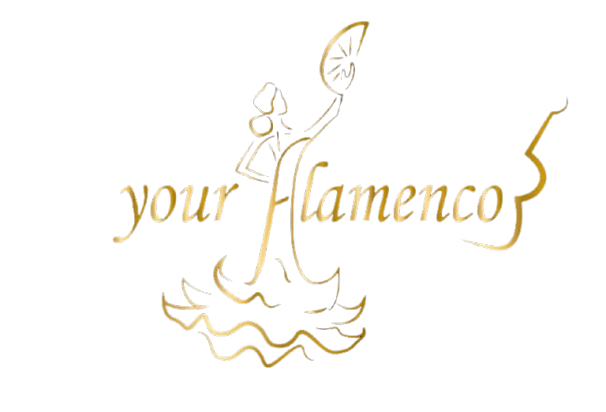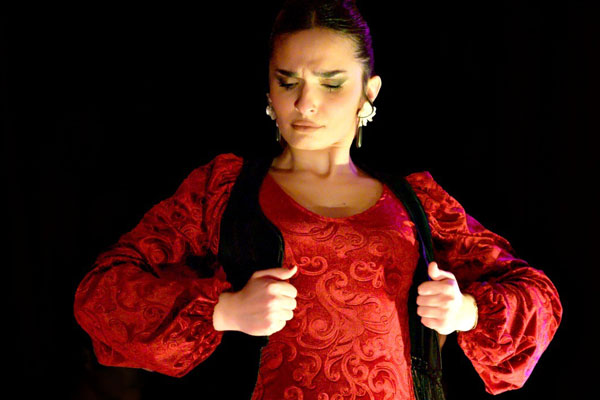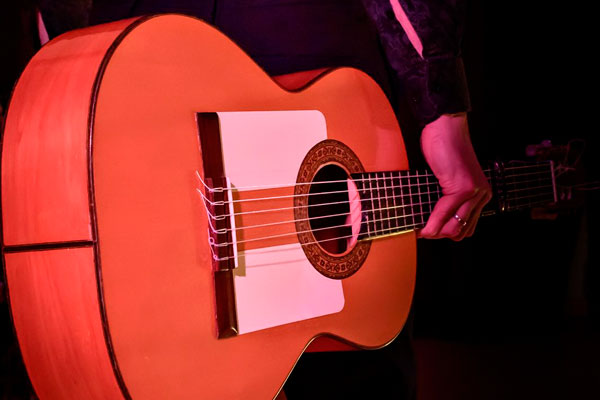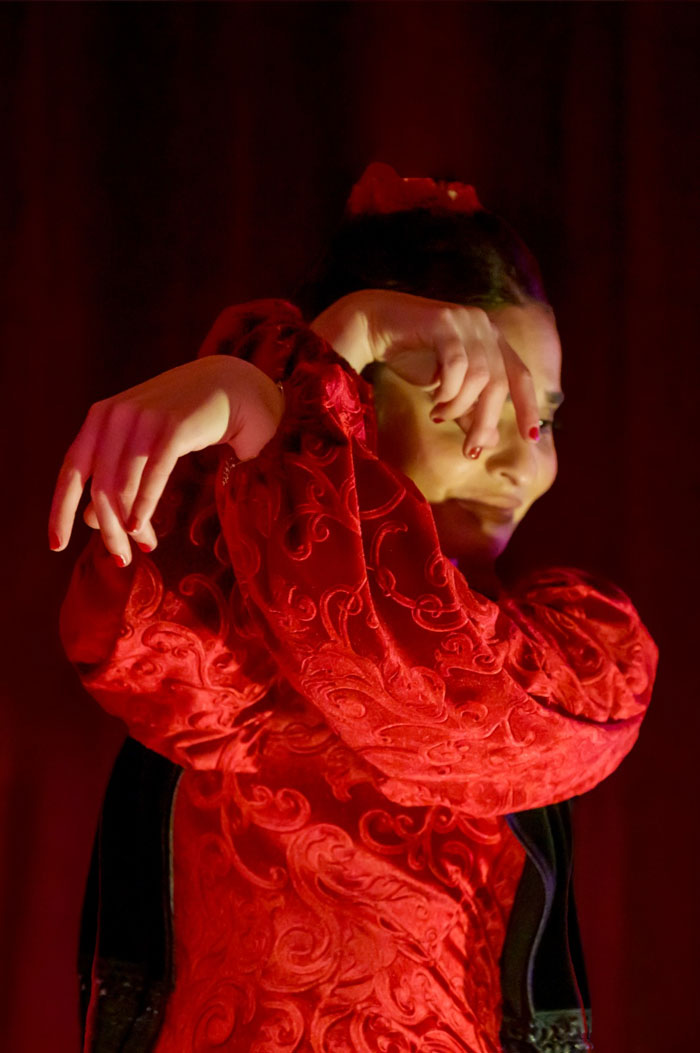If there’s one event that captures the essence of Seville and its people, it’s undoubtedly its April Fair. For a week, the city is filled with lights, food and drinks while dancing, and tons of joy in a celebration that combines tradition, art, and a deep sense of cultural identity. The history and evolution of the Fair
The Seville Fair dates back to 1847, when it was conceived as a livestock fair by councilors José María Ybarra and Narciso Bonaplata. Over time, the event evolved and took on a more festive character, eventually becoming the grand celebration we know today.
Throughout its history, the fair has changed location several times. Initially held in the Prado de San Sebastián, it moved to the current “Los Remedios” fairgrounds in 1973, where the iconic entrance gate and the thousands of booths that comprise it were installed.
The rite of initiation and closure
The Fair begins with the “alumbrao” (lighting) the night when thousands of light bulbs are lit on the main entrance, officially marking the start of the festivities. During this night, it’s traditional to enjoy “pescaíto frito” (fried fish) in the booths, accompanied by a glass of “fino” or manzanilla.
The closing ceremony is celebrated with a grand fireworks display on the banks of the Guadalquivir River, marking the end of an intense week of joy and conviviality.
The Flamenco dress: origin and evolution
Women wear flamenco dresses, the only regional costume that follows fashion trends. Its origins date back to the late 19th century, when peasants and vendors wore them as work clothes, adorning them with ruffles. Over time, the aristocracy adopted them, and they evolved into the elegant garment that characterizes the Fair today.
For their part, men usually wear the short suit, consisting of a jacket, shirt, tie, tight trousers and cowboy boots, an outfit traditionally linked to horse riding and Andalusian culture.
The horses and fairground
One of the most characteristic elements of the Fair is the presence of horses and carriages, which lend a stately and elegant air to the celebration. Horses are allowed into the fairgrounds from noon until 8 p.m., when they must leave the fairgrounds to make way for the nightlife.
The Real de la Feria is the name given to the fairgrounds. During the week-long celebration, this space becomes a veritable ephemeral city with albero(sand) streets, thousands of booths, and attractions on Calle del Infierno (Hell Street), an area dedicated to rides and shows for all ages.
Sevillanas: The soundtrack of the fair
Sevillanas are the quintessential musical and dance genre of the Feria. Their origin lies in the “Seguidillas Castellanas,” which were adapted and evolved in Andalusia to become the sevillanas of today. They are danced in pairs, and each song consists of four verses with a chorus, each with its own choreography performed in sequence.
The first recorded sevillana was “Las Carreritas,” composed in the 19th century by Manuel López Farfán, a renowned Sevillian composer who also excelled in processional music. Over time, sevillanas have been performed by numerous artists and have evolved in form and style.
Among the most iconic composers of sevillanas are:
- Paco Palacios “El Pali”: Known as “el Trovador de Seville,” his sevillanas convey the purest essence of the city and its traditions.
- Los hermanos Reyes: They were fundamental in the popularization of sevillanas in the second half of the 20th century, with songs that continue to be heard at the Fair.
- Ecos del Rocío: With a more modern style, they have brought sevillanas to a wider audience with lyrics full of emotion.
Since then, sevillanas have been an essential element of Sevillian culture, and learning them is almost a rite of passage for those who live the fair intensely.
Typical gastronomy
During the Fair, gastronomy also plays a key role. Some of the most representative dishes are:
- Fried fish: A variety of fish fried in flour, served on the night of “alumbrao.”
- Iberian ham and cured cheese: Essential in any stall.
- Rebujito: Refreshing drink made with chamomile and lemon-lime soda.
- Churros with chocolate: Ideal for replenishing energy after a night of dancing.
- Potato omelet: A classic of Spanish cuisine that’s never missing from fair gatherings.
- Cod: A delicious fried cod batter, typical of Sevillian cuisine.
Beyond the party
Beyond folklore and celebration, the Seville Fair is a meeting place where families and friends gather to share unforgettable moments. It’s an event that reflects the hospitality and passion of the people of Seville, making it a unique experience for those who have the opportunity to experience it.
If you visit Seville during the Fair, prepare to immerse yourself in a world of tradition, joy, and art, where every corner exudes the essence of a city that celebrates life like no other.





